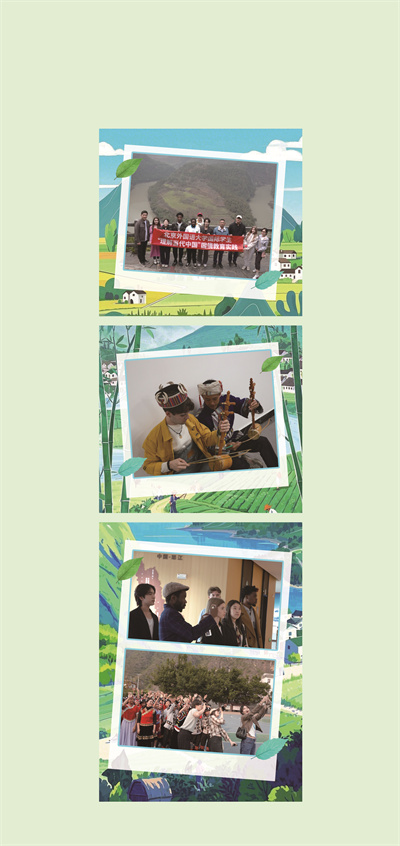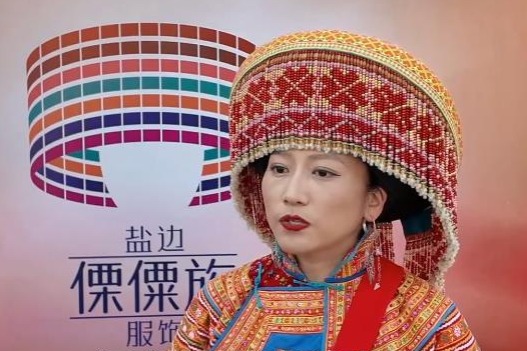Rural revitalization through global eyes
Once overlooked, a province blessed with stunning natural beauty is rediscovered by a group of international university students in China.


Beyond economics
Nujiang prefecture was once one of the toughest challenges in China's battle against poverty, with 98 percent of its land consisting of mountainous canyons.
Zhu Jun, an associate professor at the Graduate School of Education of BFSU and one of the organizers of the activity, explained that Nujiang was chosen as the destination because of its "historic leap from deep poverty".
"Selecting Nujiang for this social practice allows young people from various countries to experience the reality of ethnic unity here in everyday exchanges and understand how China has achieved social stability in a multicultural environment," he said.
Gao felt this deeply. In an art class at Lushui Ethnic Middle School, she noticed children drawing on the backs of their notebooks.
"When I praised a girl's drawing, her eyes welled up with tears as she told me no one had ever praised her like that before," Gao recalled. "It made me realize how a simple word of affirmation can mean the world to a child."
What moved her even more was that, despite limited resources, the children maintained a strong thirst for knowledge, which made her cherish her own learning opportunities all the more.
Mohamed Dair Mounchili, 25, from Cameroon, a major in international Chinese education, found connections between his time in Nujiang and the challenges faced in his own country. "Cameroon also struggles with transportation and energy issues, and Nujiang's development proves that infrastructure improvement can stimulate the economy," he said.
He particularly remembered his visit to Yangpo village in Lushui, where newly built government homes stand atop the mountains. While residents live in these modern buildings, they continue to practice traditional activities such as weaving and brewing, "seamlessly blending the ancient with the modern", he said.
Mounchili came to see Nujiang's development not just as a Chinese success story, but as a model for global poverty reduction.
"There are still many impoverished people worldwide, and the problem cannot be solved by one country alone. International cooperation is needed," he said. "China's Belt and Road Initiative has supported many underdeveloped countries and regions. China's poverty alleviation efforts are significant not only economically but also in terms of social equity and the fate of humanity."
For 19-year-old Russian student Romanovskaia Anzhelika, it was Nujiang's diversity that stood out. In county and town centers, she noted, residents have access to supermarkets and hospitals — yet just an hour's drive away, remote mountain villages remain untouched by urban lifestyles.
She was especially struck by the sight of cattle and sheep strolling along the roads — "as if they are also the owners of this place", she said.
"This harmony between humans and nature is something I'd only seen online but never in real life," she said. "This coexistence of convenience and pristine nature gave me a new understanding of rural China. Poverty alleviation here isn't just about economic assistance but also focuses on sustainable development, which is worth learning for many countries."





































